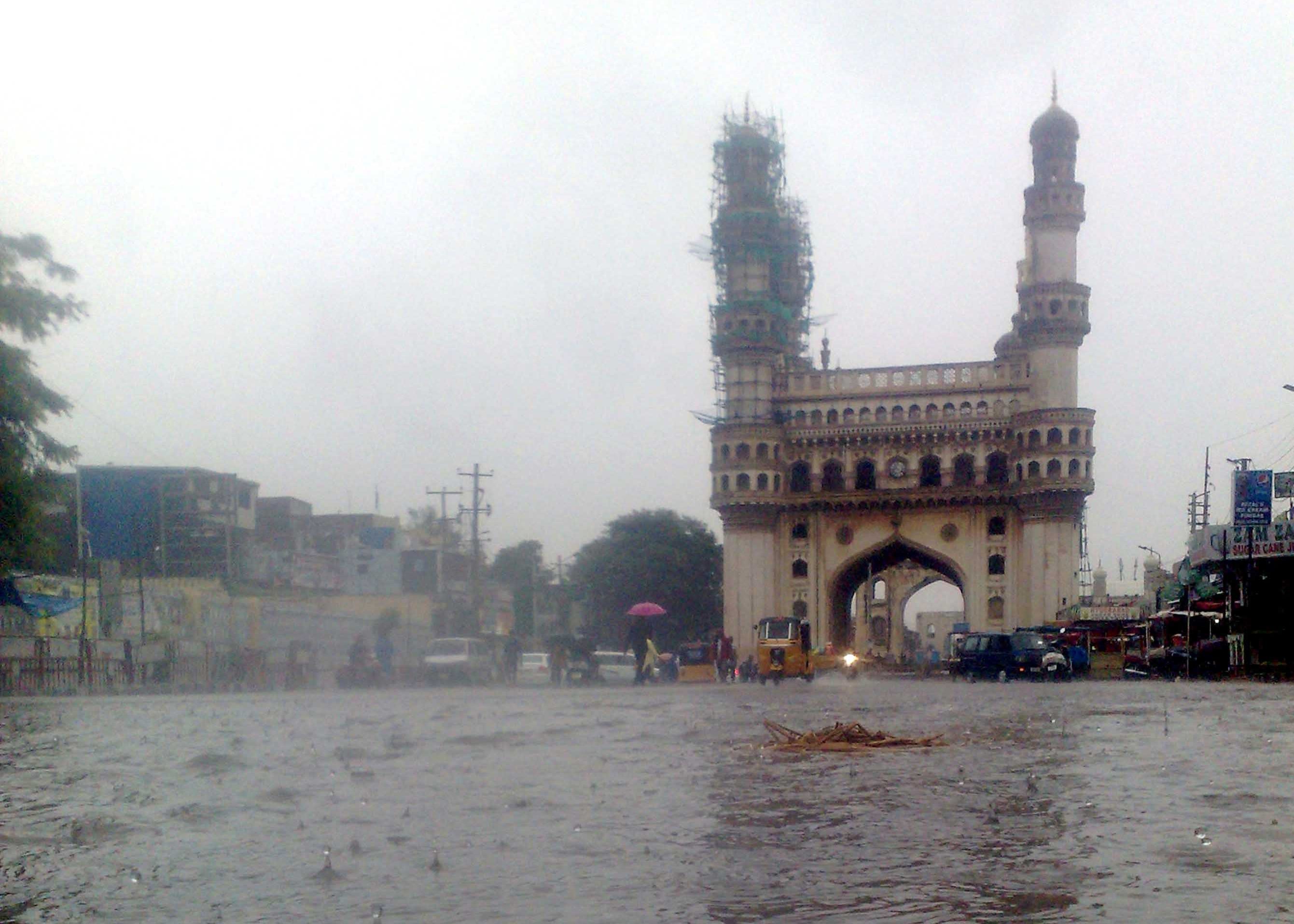Hyderabad: Is the Hyderabad heading towards 108 year old devastating floods? The Great Musi Flood was a dreadful flood that occurred on 28 September 1908 in Hyderabad on the banks of Musi River. The flood, locally known as Thughyani Sitambar, shattered the life of the people living in Hyderabad, killing 50,000 people and wiping out a large part of the city. It washed away the Afzal, Muslim Jung and Chaderghat bridges, all built in the 1860s, and the Puranapul became the only link between two parts of the city.
The flood was not the result of rain for a day or two but it occurred due to medium to heavy rainfall unremittingly for 4 days. On September 27, 1908, there was a cloudburst resulting in swelling of Musi River. The flood breached on Tuesday, 28 September 1908. The river rose 60 feet, flowing through the city. A 200-year-old tamarind tree inside Osmania Hospital saved over 150 people who climbed it.
Asif Jahi ruler himself reached out to the people and directed Maharaja Kishan Prasad to open all royal palaces for public.
Once again Hyderabad city witnesses the same situation but the difference between kingship and democracy is quite evident.
The rain victims met Municipal Administration Minister K.T.Rama Rao and apprised him about the difficult situation they are in, but instead of assuring immediate relief measures, he assured that if the rain stops, relief and rehabilitation work would be completed within two days. It must be noted that over 500 people are forced to stay in rehabilitation camps where they need immediate help. This indifferent attitude of government administration reminds of popular Urdu poet Amjad Hyderabad’s couplet
Itne Dar’ya May Bhi Na Dooba Amjad
Doobnay Valaun Ko Bus Ek Chul’lu Kaafi Hai

